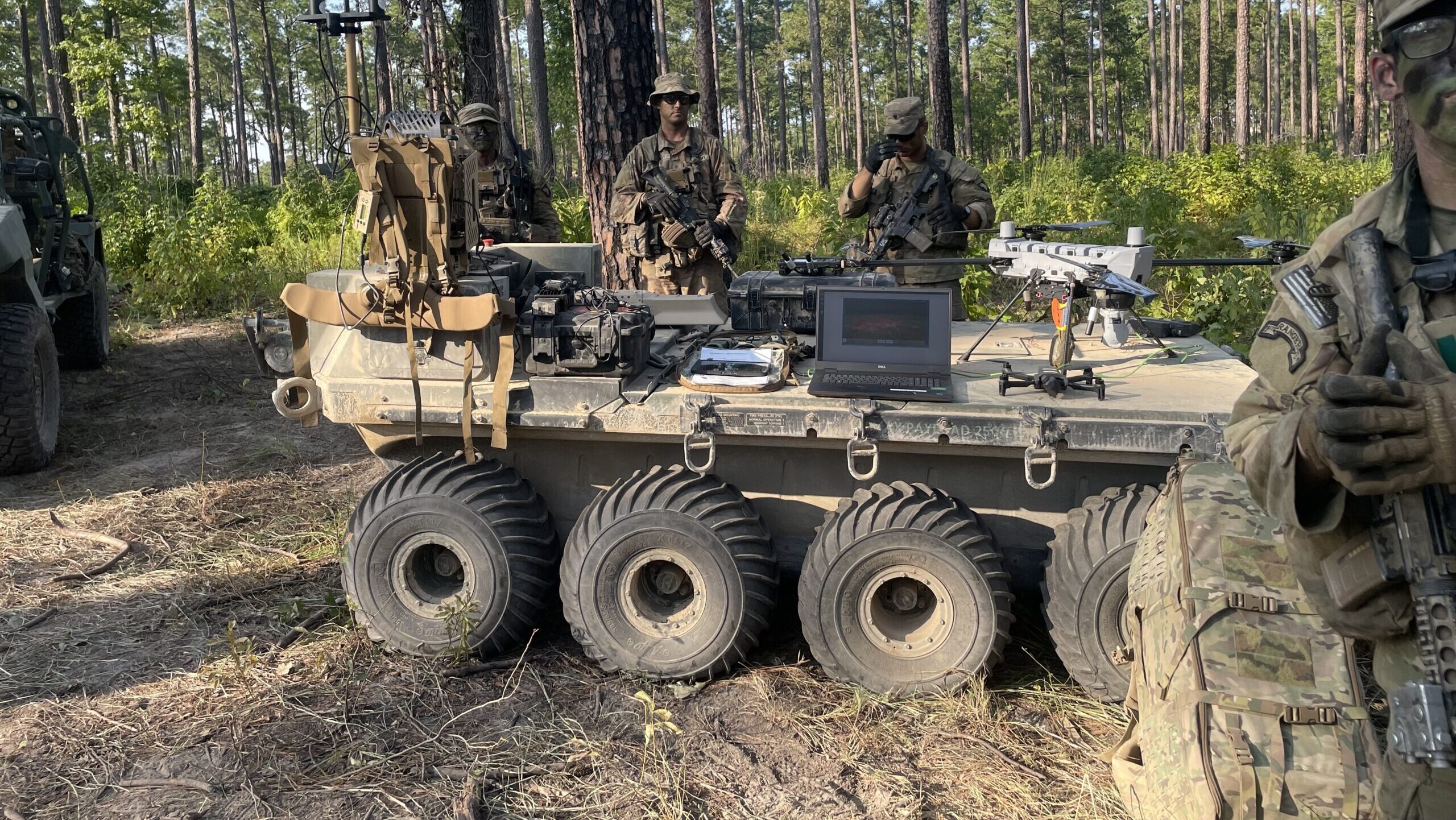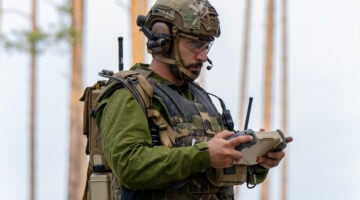
WASHINGTON — The US Army is developing requirements for a new unmanned ground transport vehicle, larger than the robotic mule but smaller than a transport truck, a service official revealed to Breaking Defense.
While stressing that the requirement is still early and there is “a lot of work to do on how to define it,” Kevin Mills, the deputy executive director for the Army Combat Capabilities Development Command’s Ground Vehicle Systems Center, said there is a clear need the service has identified and is going to pursue.
“We have [Palletized Load System] PLS systems — the larger tactical resupply [trucks] — and you have the [Small Multipurpose Equipment Transport] SMET and there’s really a gap between the two,” Mills said. The SMET is a smaller, eight-wheeled robot, designed to ferry roughly 1,000 pounds of equipment and supplies around the battlefield, while the PLS, weighing over 50,000 pounds, is a large logistics truck.
Given the in-between size, the service is aptly referring to the new effort as the Medium Multipurpose Equipment Transport, or MMET.
“Hence the medium” in the name, Mills added. “The hope would be to do some experimentation to help refine that requirement but that’s very early stages.”
For now, MMET requirements are being drafted by the Combined Arms Support Command’s Sustainment Center of Excellence, and multiple industry sources said they are awaiting more details about the plan ahead.
If work on the medium transport progresses forward, it would join a host of other ground robots in development inside the Army including the SMET robotic mule, the Robotic Combat Vehicle (RCV) and the Ground Expeditionary Autonomy Retrofit Systems (GEARS).
Despite a wide range of investments into ground autonomy, there are an array of challenges the service is facing — including the systems navigating physical obstacles like trees and buildings, and hesitancy to field autonomous systems.

